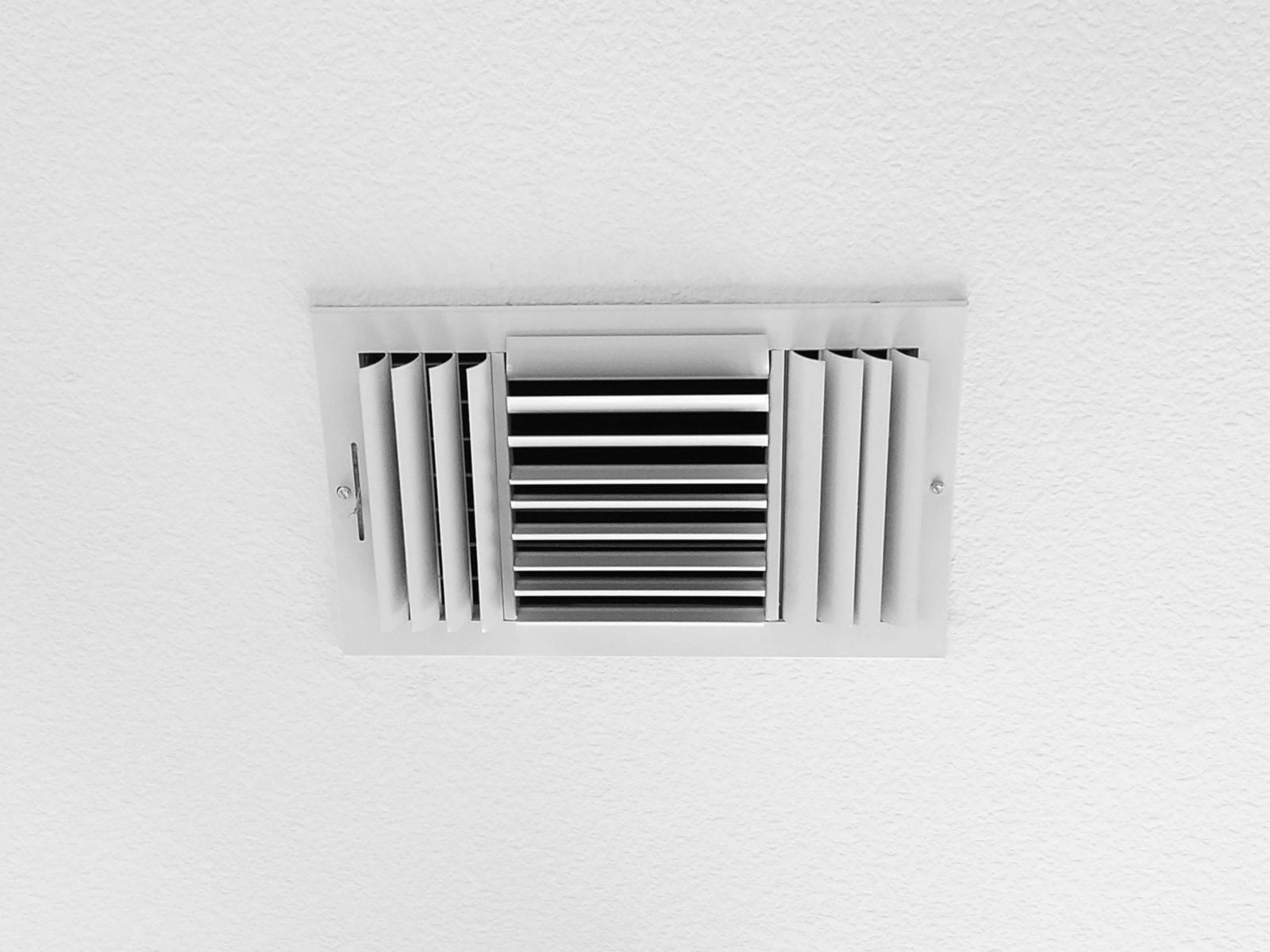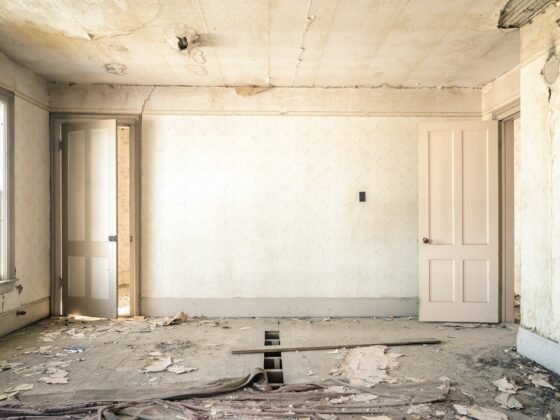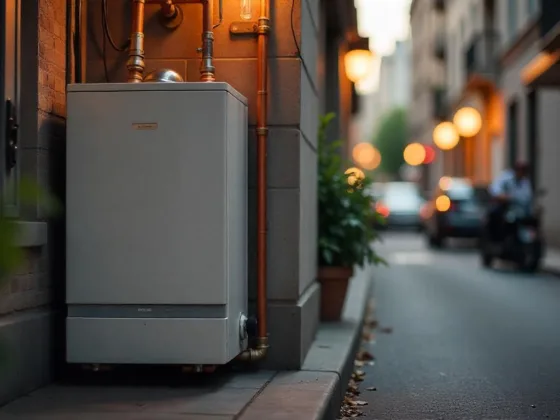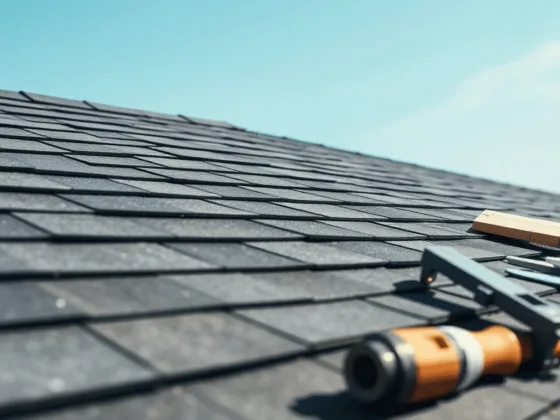Table of Contents Show
In homes across the United States today, people rely on various means to heat and cool their dwellings.
From central air conditioning to window air conditioners, there are several ways to keep your home cool when summer temperatures outside are blazing.

Along with air conditioning, however, most people also keep their houses sealed up to preserve energy and keep the cool air in. Unfortunately, this also limits natural circulation. Poor circulation can lead to air quality issues and discomfort.
Getting air to move throughout your home efficiently and improving air circulation involves a few steps.
From creating paths for air to move to remove restrictions that impede airflow, there are several things that you can do to improve air circulation.
No matter if you rely on central air or a window unit to cool your home, you’ll want to find the best way to circulate air conditioning. Let’s look at some things you can do to ensure good air conditioning circulation.
Ceiling Fans
One of the biggest problems homeowners have with air vents and window air conditioners is that the cool air produced only flows into specific areas.
When this happens, it is often cool in certain areas but gets warmer when you move farther away.
One way to combat this is to use a fan to circulate the cool air around the room. A ceiling fan will create a cool breeze that helps push air around the room when used properly.
A fan can draw air up and then force it back down. This will ensure that cool air circulates and creates a wind-chill effect.
Additionally, ceiling fan air movement can help to evaporate moisture from your skin so that you feel cooler. If there is no ceiling fan, you might use a few box fans to help accomplish the same results.
Read Also:
- Heating, Ventilation, and Air Conditioning – Three Essentials to Lead a Comfortable Life
- What Happens if you Ignore Proper Ventilation and Dust Extraction?
- Heating Ventilation and Air Conditioning (HVAC): Don’t DIY Repairs
- How Can I Improve my Indoor Air Ventilation? Answered
- How to Clean Ventilation System
Exhaust Fans
Kitchens and bathrooms are notorious for stale, stagnant, and hot air. Activities like showering and cooking create heat and moisture, which becomes trapped in certain areas.
To combat this and help with air circulation, you need to focus on good ventilation. Installing exhaust fans will help with ventilation and evacuating hot and humid air.
You can run an exhaust fan when moisture-producing activities occur. The fan will pull moisture and hot air outdoors and allow fresh air to come in.
Whole House Fans
Whole house fans are installed in a home’s attic and draw fresh, outdoor air into the home through vents. Whole house fans are great at improving air circulation because they can influence air movement around the entire home.
By pulling in the fresh air, the exchange forces stale air out through exhaust fans.
A whole house fan can be used to change over the air inside of a home multiple times per house and create a constant air circulation pattern. This will help to cool your home and improve indoor air quality.
Open Air Vents
For air to circulate properly throughout your home, there must be paths for air to move in and out of individual spaces. If you rely on central air, this means opening all of your vents and ensuring that they are unrestricted.
For window units or other equipment, you need to ensure maximum airflow by paying attention to vents.
For natural ventilation when the air conditioner is not in use, you can open doors and windows to help a breeze move through the home.
It will also help to open interior doors to give the air a place to go. Open vents will help create proper airflow.
If your home lacks proper airflow and ventilation, the air in rooms will become stagnant, and it can impact your indoor temperatures.
Additionally, poor circulation could allow for a buildup of pollutants and allergens and create health issues. Ceiling fans, exhaust fans, whole-house fans, and unrestricted vents will help ensure proper airflow.










